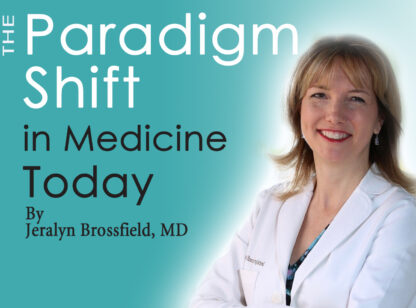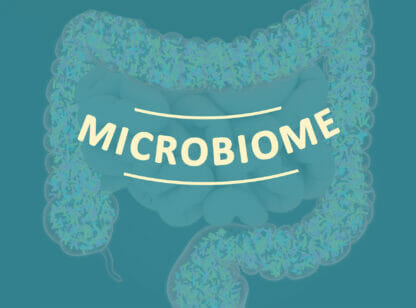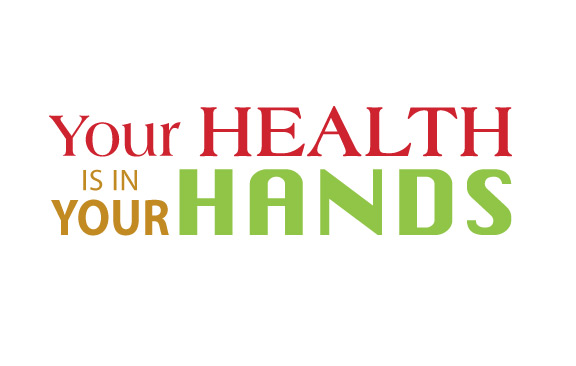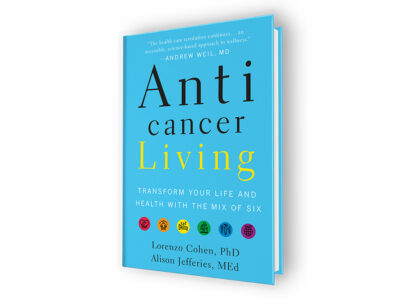As you read this article, take a deep breath in through your nose. Deeper. Now let it out through your mouth in one long breath. Empty to the bottom of your lungs.
As you complete this conscious breath, do you feel yourself start to smile? Does a feeling of satisfaction or relaxation start to peek through? When practiced on a regular basis, this simple act doesn’t only make you feel better; it may one day save your life.
Most of us take breathing for granted. The average adult takes 15 to 20 breaths a minute–over 20,000 breaths a day. Your respiratory system brings air into the body. In your lungs, the oxygen from each breath is transferred to the bloodstream and sent to every cell in your body as life-sustaining fuel. In each cell, the oxygen is exchanged for waste gas or ‘carbon dioxide.’ The bloodstream then carries these toxins back to the lungs where they are removed from the bloodstream and then exhaled from the body.[sup]1[/sup]
“Breathing is something you don’t think about until it doesn’t happen,” says Tina Louise Moreno, R.C.P, R.R.T., Pulmonary Rehabilitation Coordinator for Desert Regional Medical Center. “When our lungs are healthy, we enjoy exercising or even simply walking to the mail box, but when we are short of breath, daily activities become a challenge.”
Proper breathing oxygenates every cell in your body and makes you feel better and more alive.
What is “proper breathing”?
If you watch a baby sleeping on its back, his stomach rises on inhalation and subsides on exhalation. As we go through life, many of us lose this innate ability to breathe. We may imitate others or give into social influences such as looking thin or having a flat stomach, which can compromise the way we breathe. When we are stressed, we tend to hold our breath and when we are in physical pain, we tend to restrain our breathing. These experiences can add up and we become habitual ‘shallow breathers.’[sup]2[/sup]
Nancy Zi, author of The Art of Breathing, says, “Breathing incorrectly can produce tension and exhaustion; can interfere with athletic activity; and encourages aches and illnesses. Breathing correctly, however, nourishes every fiber of our body and soul.”
Most of us breathe in and our chest rises. Breathe out and our stomach retracts. Zi states that to breathe correctly, you must first grasp the concept that the lungs are relaxed containers for air and that you must let the stomach do the pumping. Squeeze in your stomach and air goes out; expand your stomach (actually the entire lower circumference, which includes the lower abdomen, the lower back, and the lower sides) and air is being drawn in. This practice is called ‘abdominal deep breathing’. The inhaled air does not actually enter the abdomen, but the deep breath gives this mental impression and sensation.[sup]2[/sup]
In proper breathing, you pump air using your diaphragm, which is the sheet of muscle that separates the lungs from the stomach. When you squeeze in your abdomen (stomach), your diaphragm muscle moves upward, pushing air out of your lungs. When the stomach expands, the diaphragm lowers, allowing the lungs, like an accordion, to elongate and draw in air.
When might you wish you had “practiced” breathing?
Unfortunately, it may not be until you get ill that you wish you had practiced breathing. According to the National Institutes of Health, pneumonia is a common side effect from surgery, bed rest, or respiratory infections (such as the flu or bronchitis). Most of the time, the body filters germs out of the air to protect the lungs from infection. Sometimes, though, germs manage to enter the lungs and cause infections. This is more likely to occur if your immune system is weak or your body fails to filter germs out of the air that you breathe. When these germs reach your lungs, your immune system goes into action. It sends cells to attack the germs which cause the alveoli (air sacs) to become red and inflamed and to fill up with fluid and pus, the symptoms of pneumonia. And over 50,000 people die from pneumonia each year.[sup]3[/sup]
That is why in surgical post-op in the hospital, patients are given an Incentive Spirometer, a medical device used to help improve lung function. The patient breathes in from the device as slowly and as deeply as possible. A gauge determines how well the patient’s lungs are functioning.
“It is like a game with visual encouragement,” adds Moreno. “When you are sedentary for long periods of time or in pain or medicated, you tend to take shallow breaths which do not allow you to “ventilate” or exchange gases. This is an opportunity for germs to settle in your lungs and cause pneumonia. The spirometer measures how deep a breath you are able to take, but you have to do it properly for it to operate. It takes focus to completely exhale and slowly inhale.”
The incentive spirometer is also a good tool for people with chronic obstructive pulminary disease or COPD. Also known as emphysema and chronic bronchitis, COPD is a very serious disease, and the third leading cause of death in the United States. There is no cure, but it is often preventable and treatable.
Exercise your breathing
Healthy lungs can keep you from getting viruses and respiratory illnesses, as well as promote faster recovery when you do get ill or are recuperating from surgery or bed rest.[sup]1[/sup]
Learning to breathe properly often requires re-evaluating your posture, retraining your muscles, and taking the time to focus and concentrate on ‘conscious breathing.’ Fortunately, there are many local practitioners who can assist you with this practice including pulmonary specialists, yoga, tai chi and QiGong instructors and even transformational breath workers, like Laz Jefferson of Palm Springs. Jefferson notes that, “Breath work has been practiced for thousands of years. As many before us knew, taking the time to learn and practice proper breathing can be life changing. It not only energizes your every day existence, but your healthy lungs may one day contribute to saving your life.”
References: (1) American Lung Association www.lungusa.org; (2) Nancy Zi, The Art of Breathing, 4th edition; (3) Center for Disease Control www.cdc.gov;













































Comments (0)